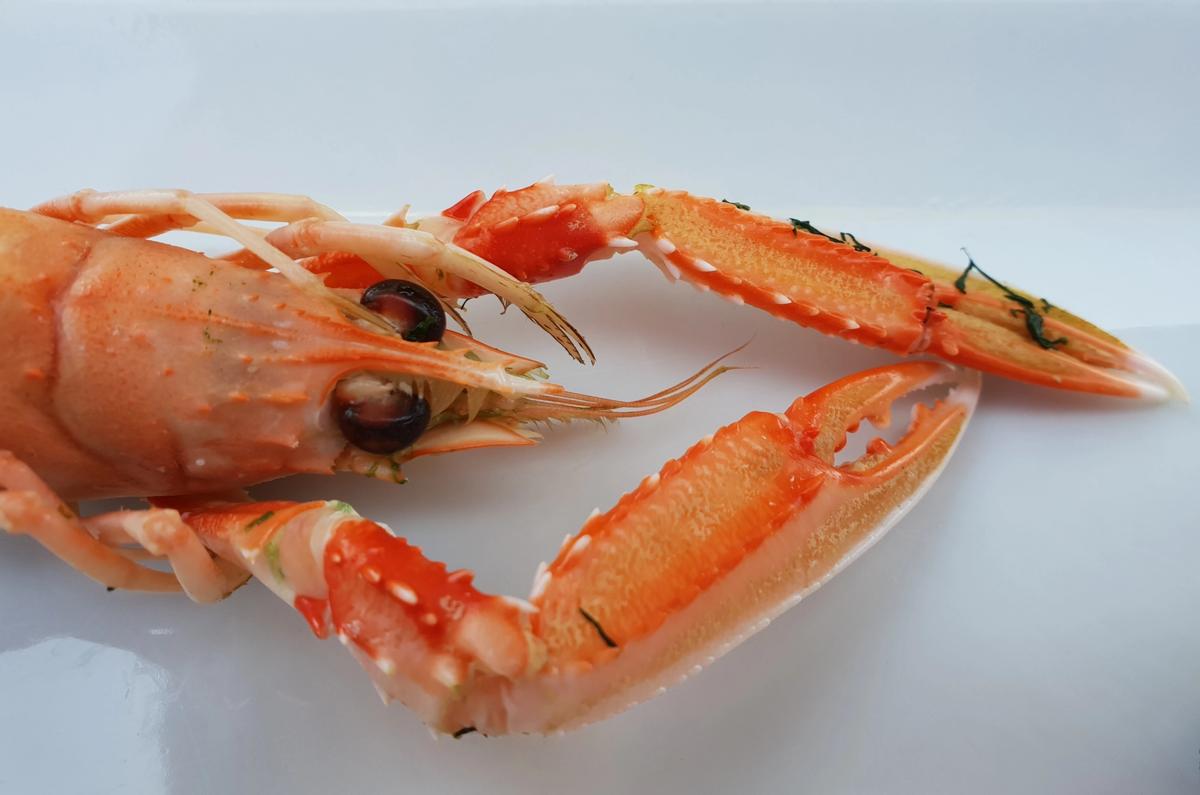Nephrops norvegicus (sold as scampi or langoustine) is one of the most valuable fisheries for the Scottish economy, with a landed value of £75 million in 2014. The Nephrops fishery is also significant in terms of contributions to coastal employment and Scottish exports. There are two main fishing gears that target Nephrops, one is mobile (trawling) and the other is static (creels). The vast majority (over 70%) of the fishing vessels targeting Nephrops are small scale (under 10 metres in length) creelers. The two gears have different markets, with the trawl fishery producing smaller tails (scampi) and the creel fishery selling live langoustines. There is a substantial price differential between trawl-caught (£4.80/Kg) and creel-caught (£8.71/Kg) Nephrops. Despite their greater vessel numbers, creelers produce only 15% of the Nephrops as trawlers fish most inshore and offshore waters and harvest larger quantities per vessel. In Scottish inshore waters (0‒6 nautical miles from the coast), gear conflict between trawlers and creelers, often in the form of lost or damaged equipment, has increased to such a degree that the Scottish government set up a gear conflict task force in 2013. This conflict, the so-called ‘prawn wars’, has increased the need for a holistic approach to determine how the government should manage access to inshore waters for fishing. About our research Here we present 17 criteria for analysing the allocation of fishing opportunities, like access to inshore fishing grounds, in Scotland. Our chosen criteria align with the Scottish government’s Strategic Objectives, making Scotland: wealthier and fairer, smarter, healthier, safer and stronger, and greener. We present a multi-criteria decision-making framework to evaluate trade-offs and to determine the holisitc performance of creelers and trawlers. This analysis leads us to conclude that the creel fishery should be granted greater spatial access to inshore waters to deliver better value from the resource. This study furthers a growing body of research comparing gear types fishing for the same resource and the conclusions reached align with other comparative studies of the Nephrops fishery from other EU Member States.
This working paper was originally published by the New Economics Foundation here.

